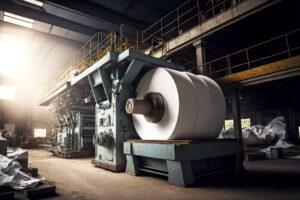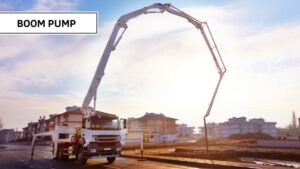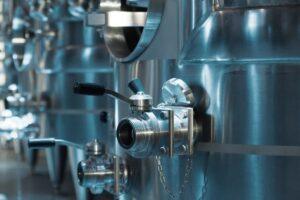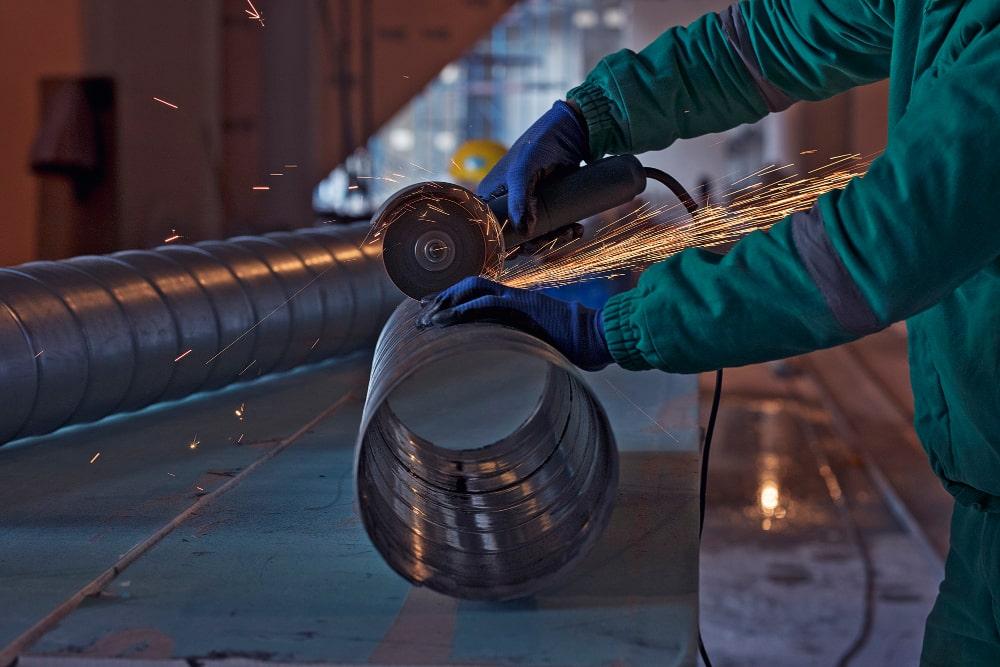
The mining metal market and the world of metal extraction have kept changing, from including new technologies to meeting the high demands of metals by industries such as construction, electronics, and renewable energies. Whereas traditional methods have their own share of resource depletion problems, environmental concerns, and inefficiency, new approaches are proving much more viable and greener. In this review, we will present recent technological advances in the extraction of metals: from those that represent the leading edge in the minimization of environmental impact to techniques improving efficiency and costs. We leap into the future to understand the scenario that awaits metal extraction as the key to shaping industries and global economies.
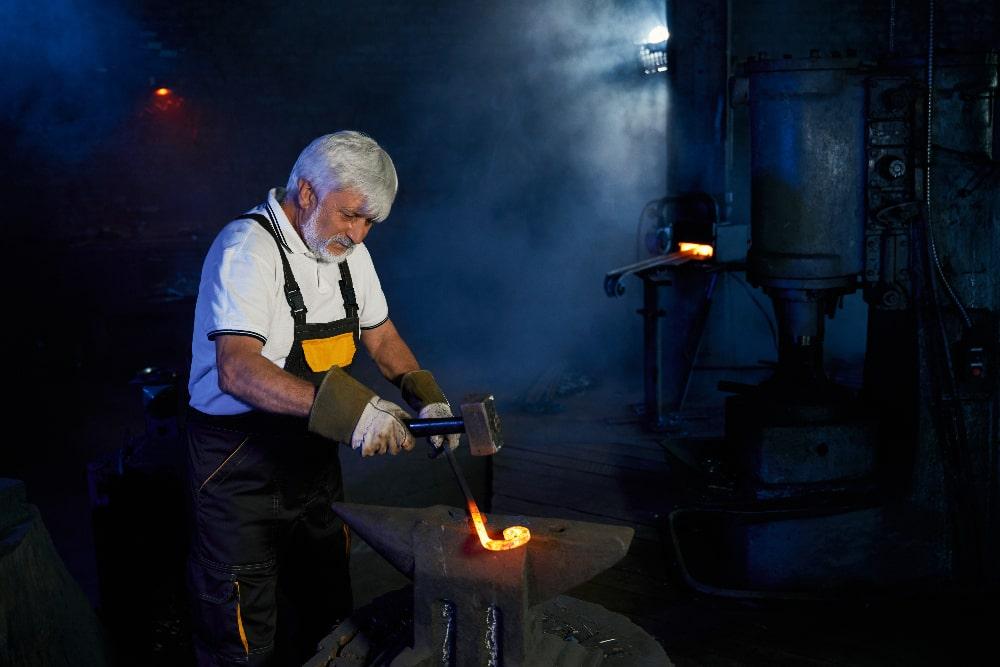
Metal Extraction Process
Metallurgy is the separation of metals from their ores and has been performed in many ways for several centuries. Various techniques have developed over time with the increasing scale of industrial processes. These traditional procedures have been reasonably successful in obtaining some base metals like iron, copper, gold, and aluminum, but major drawbacks remain concerning environmental considerations and high energy use, among other concerns. The following are considered conventional methods for metal extraction.
Smelting
Smelting is one of the oldest and most common reduction processes for the extraction of metals, especially for iron and copper. The process involves heating the ores at very high temperatures in a furnace to such an extent that the ore acts with carbon, mostly in the form of coke, to separate the metal from the impurities. This results in a molten metal and slag.
Leaching
Leaching is a hydrometallurgical process most applicable to metals such as gold, copper, and uranium. It involves the action of chemical solutions, commonly acids, to leach the metals from their ore. The resulting metal may be separated from the solution by various processes, including precipitation and electrolysis.
Electrolysis
Electrolysis is basically an electrochemical method for the extraction chemistry of metals such as aluminum, copper, and zinc. It mainly involves the passage of electric current through the solution or molten metal for the precious metal extraction from its ore. The metal will get deposited at the cathode, while the impurities remain in the solution.
Pyrometallurgy
Pyrometallurgy is the processing of different types of metal by using high heat to extract metals from their ores. Common processes in pyrometallurgy are roasting, smelting, and reduction. Copper ores are usually roasted to convert sulfides into oxides, which undergo reduction thereby releasing the metal.
Hydrometallurgy
Hydrometallurgy pertains to a metal mining process wherein aqueous solutions are used to extract metals from ores. It finds general application for water-soluble ores of copper, gold, and nickel. The procedure involves several processes of leaching, solvent extraction, and electrowinning to separate the metal from its ore.
Metal Chemistry
The process of metal extraction involves an understanding of the profound chemical and physical principles governing the separation of metals from ores. Such processes generally involve chemical reactions, heat, and electrical currents that ultimately turn raw minerals into pure metals, which then find application in various industries. Metal extraction chemistry principally deals with the decomposition of minerals in the ore and the separation of the desired metal by various processes, including reduction, oxidation, or electrolysis.
Chemical Principles of Metal Extraction
The basic chemical principle of extraction in metals is a reaction of the ore with either carbon or hydrogen, usually in the form of a reducing agent. Reduction is a chemical process wherein oxygen is removed from the ore, leaving the pure metal behind. For metals that occur in their oxidized forms-for example, iron oxide or aluminum oxide-a reducing agent is necessary to break the chemical bond and free the metal from the oxygen.
In other cases, electrochemical processes such as electrolysis are employed. In electrolysis, an electric current is passed through a molten or aqueous solution of the metal, which results in depositing the metal at the cathode, leaving impurities behind.
Physical principles include the heating of the ores to high temperatures that cause the metals to melt or the action of solvents in dissolving the metals, separating them from their ores by leaching or some other method.
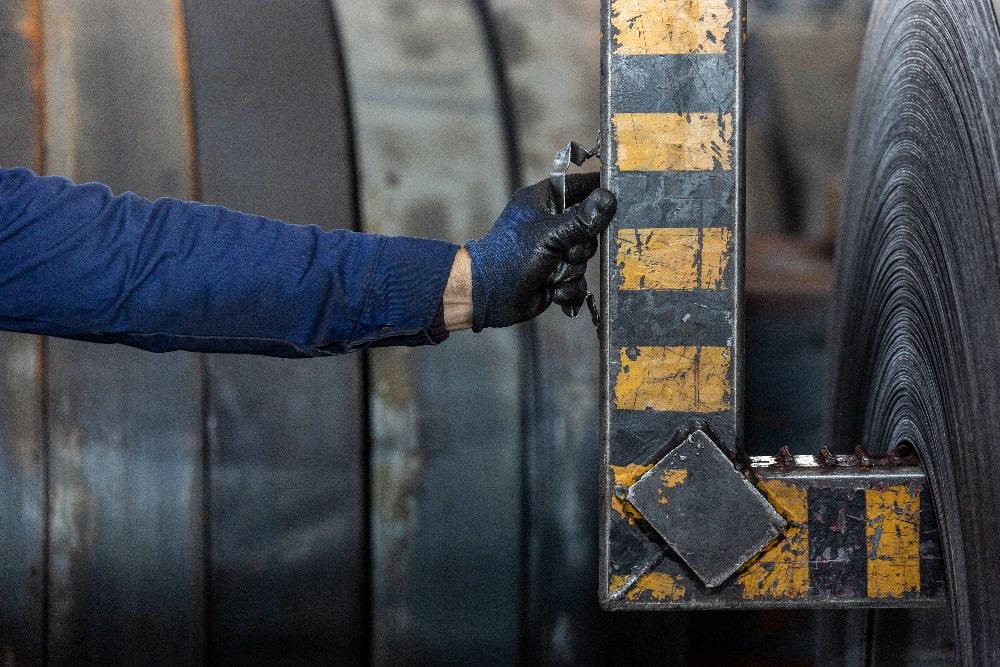
Metal Mining Trends in 2025
The rapidly changing faces of the metal extraction industry are due to increasing demand, rapid development of technology, and shifting global markets that demand greener production. A number of key trends might revolutionize how different metals are extracted: more efficient, greener, and offering new ways to recover resources by 2025.
Let’s explore some of the potential future technologies and trends that are likely to shape the metal mining industry in the coming years.
Automation and Robotics in Mining
The metal and mining industry today is pretty much affected by automation, but by 2025, we can expect it to go a notch higher. In the future, robots and automated machinery will feature much in the extraction processes of metals, from drilling and digging to transportation. More and more, autonomous vehicles and drones will be employed to perform surveying and mapping, and even real-time monitoring of mining activities.
- Benefits: Automation will improve operational efficiency, reduce human error, and decrease costs. It can also help mitigate safety risks by performing dangerous tasks remotely, protecting workers from exposure to hazardous conditions.
Advanced Hydrometallurgical Methods
Hydrometallurgical techniques, as practised with copper and gold, may have an even greater influence on metal extractive technology in the future. Bioleaching, involving the use of microorganisms to break down ores, and electro-winning techniques are bound to evolve further with a view to economic efficiency and environmental acceptability.
- Advantages of this: Hydrometallurgical methods do have a preference for energy utilization over traditional pyrometallurgy and sometimes find application when certain materials cannot be satisfactorily treated using conventional methods. This technology should increasingly negate the need to smelt metal at high temperature, thereby bringing down carbon emission levels.
AI/Machine Learning to Power Predictive Maintenance
Artificial Intelligence (AI) and machine learning will be pivotal in enhancing efficiency and sustainability in metal extraction by 2025. AI-powered systems can predict equipment failures before they occur, using predictive maintenance algorithms to optimize operations.
- Benefits: AI will reduce downtime and maintenance costs, hence maximizing the useful life of mining machinery and improving overall productivity. Machine learning can also analyze vast amounts of data from mining operations to identify opportunities for process optimization.
Green and Sustainable Mining Practices
With growing environmental concerns about mining, there will be more emphasis on sustainable mining. Thus, green metal extraction technologies will be developed: carbon capture techniques and the use of renewable energy. Cleaner technologies will be widely adopted in mining operations; these include electric-powered equipment and closed-loop water systems that reduce the use of key resources and minimize the environmental impact of operations.
- Benefits: Sustainable mining will reduce carbon footprints, improve the management of wastes, and meet the demand for eco-friendly mining. These technologies will also help mining companies comply with more severe environmental regulations and increase the appeal of ethically sourced metals.
Deep-Sea Mining and Space Mining
Deep-ocean mining, or even mining in space, for undiscovered mineral resources may not be a dream that is too far-fetched by the year 2025. Deep-sea mining relates to the process of extracting ocean floor minerals, which have heavy metals like copper, gold, and other rare earth metals. The other exciting possibility well into the future is space mining, which implies extraction of metals from asteroids or the moon.
- Advantages: Deep ocean and space mining both could provide additional sources of metals, reducing terrestrial mining. In other words, new technologies could offer a way of meeting global metal demand without pressurising terrestrial mineral resources further while having their respective environmental and other ethical issues.
Metal extraction: Recycling and Circular Economy
Recycling of metals will contribute to the extraction industry much more by 2025. In relation to the circular economy principles of emphasis on reuse and reduction of waste, the production will also make use of such an aspect. With increased efficiency in the reprocessing of metals, previously rejected or recycled metals again form part of the production cycle.
Benefits: Recycling metals decreases demand for fresh raw materials; therefore, reducing energy consumption and degradation of the environment. This might help, if more take-up of recycling technologies closed the loop in metal use to make extraction more sustainable and decrease the pressure on natural reserves.
All Motors and Equipment Direct in the Metal Extraction Industry
At AMED mining company, we pride ourselves on always trying to provide better machinery and solutions for improved safety, increased efficiency, and enhanced reliability in metal extraction. Highly attuned to serving the needs of the oil, gas, and chemical industries, we realize that advanced material handling applications inherently involve pretty harsh conditions that beg for high standards of safety and precision.
Our broad portfolio of products and services helps in metal extraction, even in the most difficult environments. Be it high-power motors that drive heavy machinery, pumps that move fluids, or special equipment for handling hazardous chemicals, all our solutions meet the operational and safety standards of the general industry.
We are committed to leading your business through the complexities of metal extraction, placing safety of operation and optimization of performance at the forefront. Our team is ready and able to guide and support you in selecting appropriate equipment for your specific needs. Whether one wants to make the existing operations more efficient or is in search of highly developed chemical handling solutions, the leading manufacturers stand out as the best option.
Explore our offering for the oil, gas, and chemical industries to understand more about how we can support the optimization of your operational performance, minimizing downtime and helping along safer processes in extracting metals.






